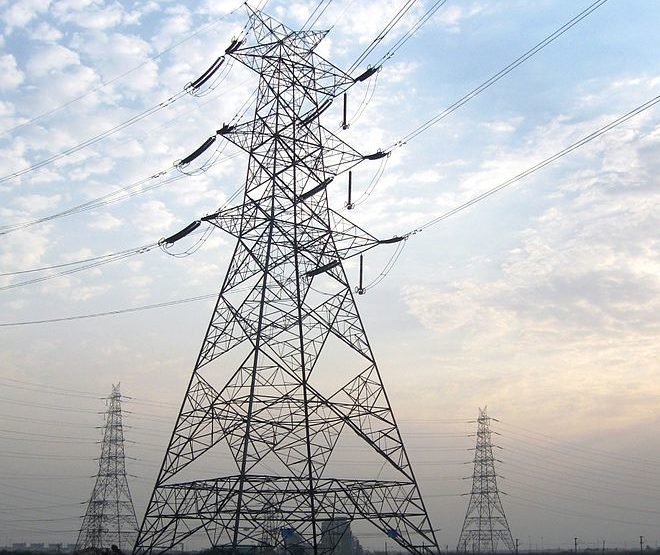The Australian Energy Market Operator (AEMO) has published a Project Specification Consultation Report (PSCR) as part of a joint Regulatory Investment Test for Transmission (RIT-T) with TransGrid. The report examines the proposed Victoria (VIC) to New South Wales (NSW) Interconnector West (VNI West).
As the rise of renewables supersedes retiring coal-fired power stations around Australia, the energy transition requires a more adaptive grid network and additional infrastructure. The new interconnector proposed between NSW and VIC will serve not only to improve the reliability of power in both states as power station retirements take place and new generators start up, but it will also serve to stabilise costs during these transitions. At a time when one power station retires, and costs would increase, NSW consumers would be able to rely upon power stations still active in VIC to take up the slack.
However, though these conclusions have a certain sense of rationality, the purpose of the RIT-T is to confirm, via a regulated economic cost-benefit test, whether the supposed benefits will accrue, and whether they will accrue in the supposed places, i.e., the back pockets of consumers. Toward this end, the transmission network planners in each state, AEMO in VIC and TransGrid in NSW, must work together to present the RIT-T which will hopefully serve as a primer for significant transmission investment into the National Electricity Market (NEM).
AEMO’s Chief System Design & Engineering Officer Dr Alex Wonhas said the energy transition requires well-targeted improvements to the power system. “We’re already seeing considerable network congestion in parts of the NSW and Victorian transmission network where significant amounts of large-scale renewable generation is being built,” said Wonhas. “Areas with high-quality wind and solar resources are starting to be severely constrained by the lack of adequate local transmission capacity.”
The result of congestion, particularly in the case of oncoming renewable generation, is that the cheapest energy on the market, i.e. renewable energy, is unable to enter the market and save consumers money.
“As part of this RIT-T process,” continued Wonhas, “we are not only looking at network solutions but we would also like to hear from the market if there are any non-network solutions that could help to ease these constraints.”
This consultation process will run concurrently with the Draft 2020 Integrated System Plan (ISP), which confirmed the need of VNI West. The ISP’s own consultation process, which concluded in August, found an overwhelming theme amongst all submissions, that all AEMO scenarios should have a strong consideration for emission abatement, which is to say, to bringing renewables online.
According to the Australian Institute’s July national Energy Emissions Audit, VIC has almost doubled its grid-scale wind and solar capacity in the last 14 months. However, much of this capacity is caught up in grid and transmission constraints, especially in Victoria’s wester, where the VNI West would greatly help.
In September, AEMO constrained 50% of the output of five large-scale solar generators, four of which were Victorian, due to system strength issues. This effectively means that four of the state’s largest solar farms were wasting half of their renewably generated energy, and without new transmission infrastructure this wastage is only going to continue, and as power stations continue to retire, that waste is only going to become more unconscionable.
Victoria’s Latrobe Valley coal-fired power station is set for gradual closure from 2029, or earlier, as seems increasingly likely. “Careful and timely investment in interconnection between Victoria and NSW is one of the most cost-effective ways to provide supply and to unlock new and existing generation,” said Wonhas, “which includes Snow Hydro’s current and future generation capacity.”
AEMO and TransGrid are now seeking submissions on several transmission investment options, including upgrades to the existing VIC-NSW interconnector corridor, new corridors such as Bendigo and Shepparton, and expansions upon existing corridors such as that running from Kerang to Red Cliffs, or Shepparton to Glenrowan. These latter expansions would accommodate the renewable energy zones identified and brought about in the ISP.
Submissions can be made until Friday, 13 March 2020 and can be emailed to VNIWestRITT@aemo.com.au, or for more information about VNI West see here.
This content is protected by copyright and may not be reused. If you want to cooperate with us and would like to reuse some of our content, please contact: editors@pv-magazine.com.









By submitting this form you agree to pv magazine using your data for the purposes of publishing your comment.
Your personal data will only be disclosed or otherwise transmitted to third parties for the purposes of spam filtering or if this is necessary for technical maintenance of the website. Any other transfer to third parties will not take place unless this is justified on the basis of applicable data protection regulations or if pv magazine is legally obliged to do so.
You may revoke this consent at any time with effect for the future, in which case your personal data will be deleted immediately. Otherwise, your data will be deleted if pv magazine has processed your request or the purpose of data storage is fulfilled.
Further information on data privacy can be found in our Data Protection Policy.